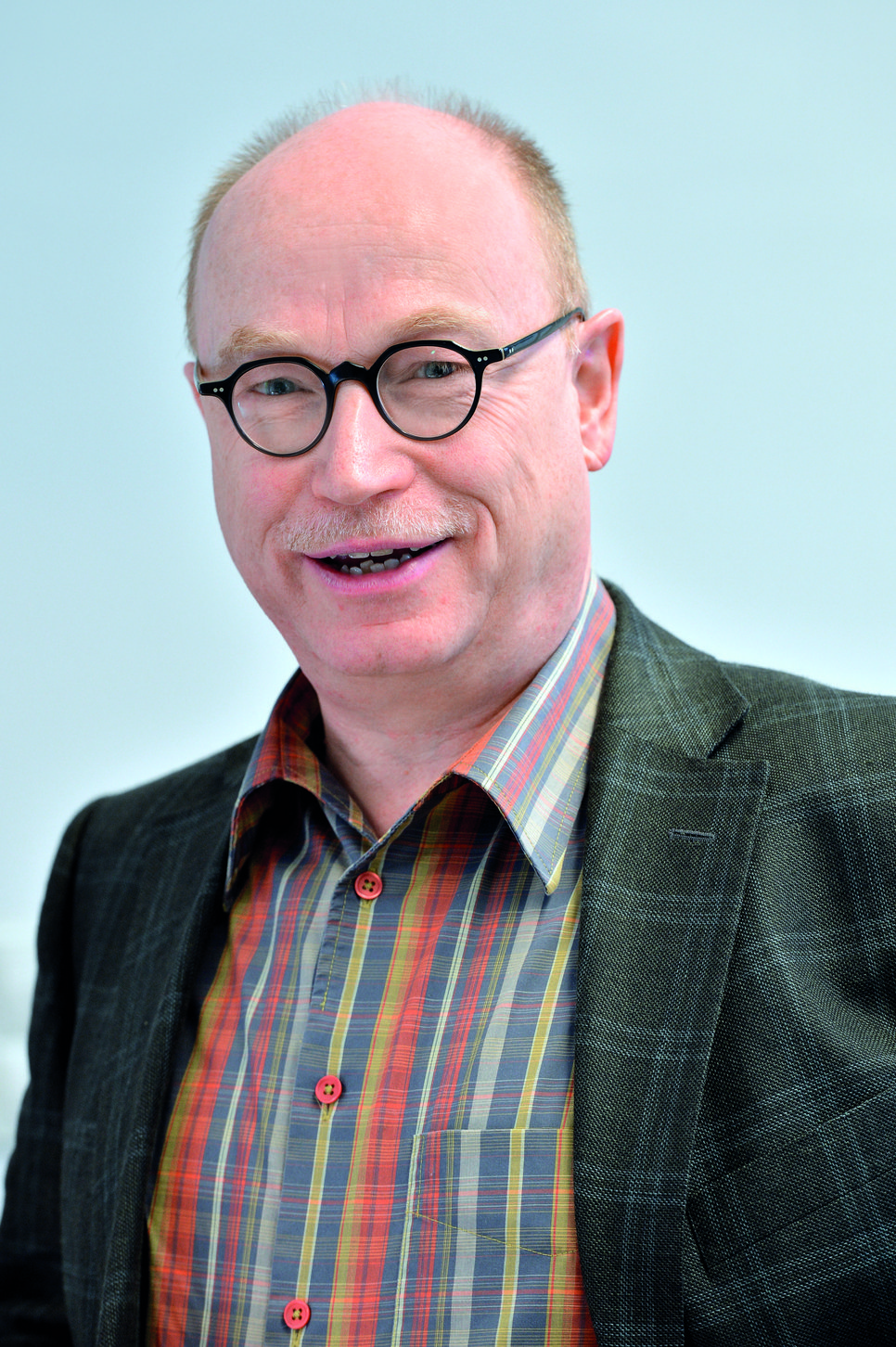We are President: The new Max Planck President is homegrown
‘The Iron Man’ was the headline of an article published by Süddeutsche Zeitung on June 7, 2013. The humorous title is a tribute to Martin Stratmann’s scientific focus. Indeed, during his 35-year-career as an electrochemist and materials scientist, Martin Stratmann, director of the department ‘Interface Chemistry and Surface Engineering’ and the new President of the Max Planck society, has mainly studied iron, steel and other related topics. He connected electrochemical, spectroscopic and interface analytical methods and was the first researcher to use the scanning Kelvin Probe in corrosion science.
Alongside his research, Stratmann always kept an eye on the scientific and political landscape of Germany. In his role of Vice President of the Max Planck Society’s Chemistry, Physics and Technology section and, since 2008 as Managing Director of the Minerva-Foundation, a joint German-Israeli research cooperation, one of Stratmann’s priorities has been to narrow the gap between basic research and industrial application. “The Max-Planck-Institut für Eisenforschung can serve as role model for the Max Planck Society as a whole, as it highlights how a public private partnership can successfully work”, states Stratmann. The institute is equally financed by the Max Planck society and the steel Institute VDEh. “The gap between basic research and application has started to dwindle quite some time ago. New insights are directly opening the way for innovation - not only in material sciences, but also in other disciplines.”

Stratmann argues that science has rapidly become more and more interdisciplinary. To be able to follow the trend, five major obstacles must be overcome. Firstly, science needs structures that provide outstanding scientists with the greatest possible degree of freedom as it is impossible to forecast future innovations. Secondly, industry has to be eager to obtain information from science on a regular and up-to-date basis. Industry should not wait for the spread of publications, but instead be engaged in a direct and permanent exchange with researchers. Thirdly, industry should not hope for outsourcing effects. Research institutes cannot provide ready-made innovations. Innovations have to be generated by industry itself to guarantee long-term success. Moreover, science and industry must be open for new developments. There is a guideline which says ‘form follows function’: new materials will be hybrid, with complex structures and combining different elements. The same is true for the processing technique and the development of new materials. All these developments need to be perfectly handled by intelligent computer systems. This adaptation potential can only be achieved if appropriate research structures are in place. Finally: industry and research institutions have to foster joint research projects and share the responsibility. “One of my main objectives for my time as President of the Max Planck Society is to pool resources in Germany and build up an ideal research infrastructure with top institutions that are able to attract the best scientists from all over the world to study and do their research here”, concludes Stratmann.
Stratmann was elected as President for the Max Planck Society during the general assembly in June 2013. Since June 2014, he is head of the society for a six-year-term. At the same time, his department ‘Interface Chemistry and Surface Engineering’ at the MPIE will continue under the temporary leadership of Prof. Jörg Neugebauer, director of the department ‘Computational Materials Design’ at the MPIE.
Author: Yasmin Ahmed Salem
